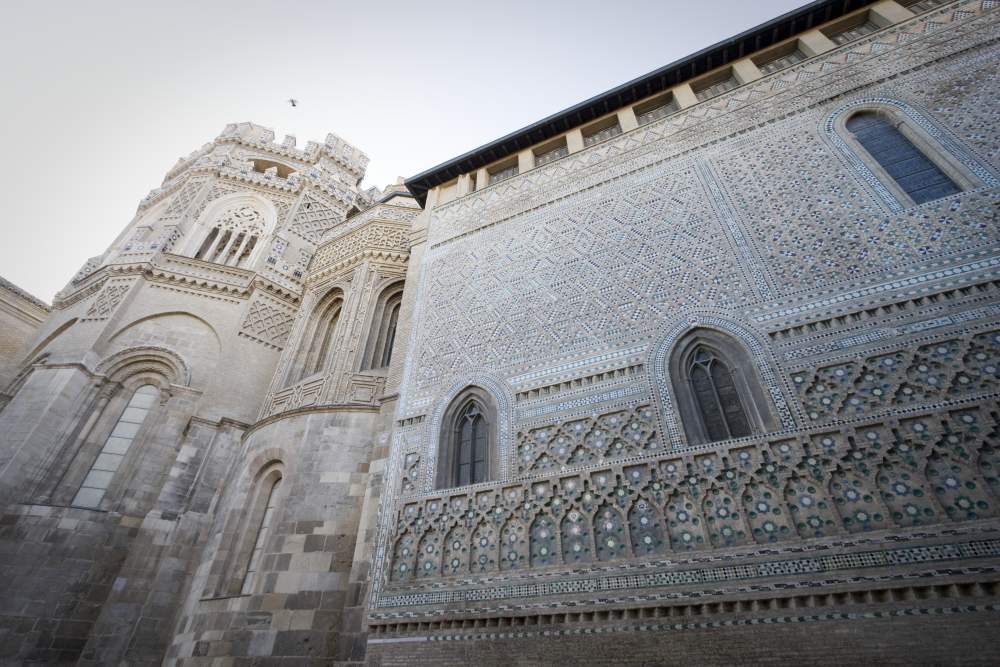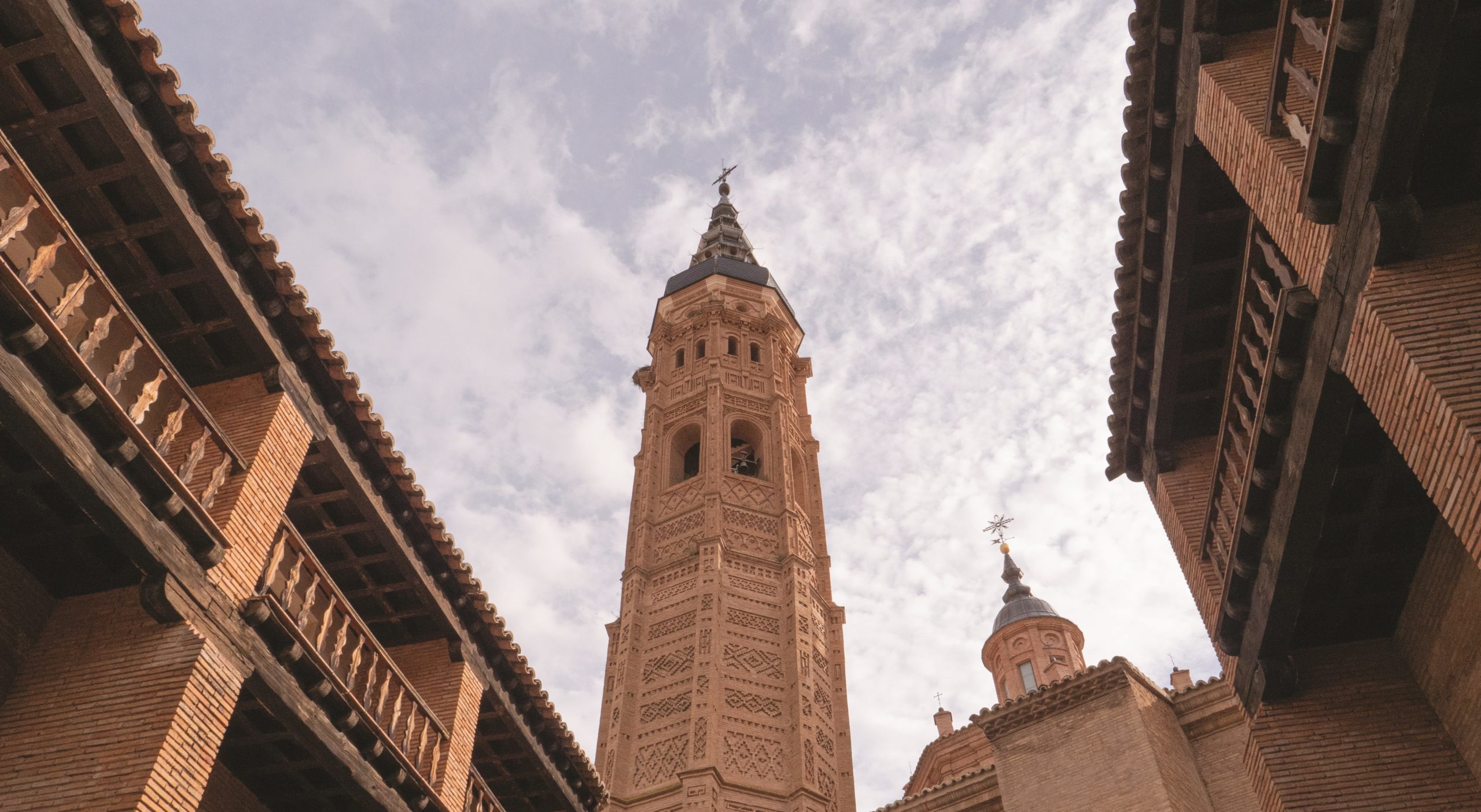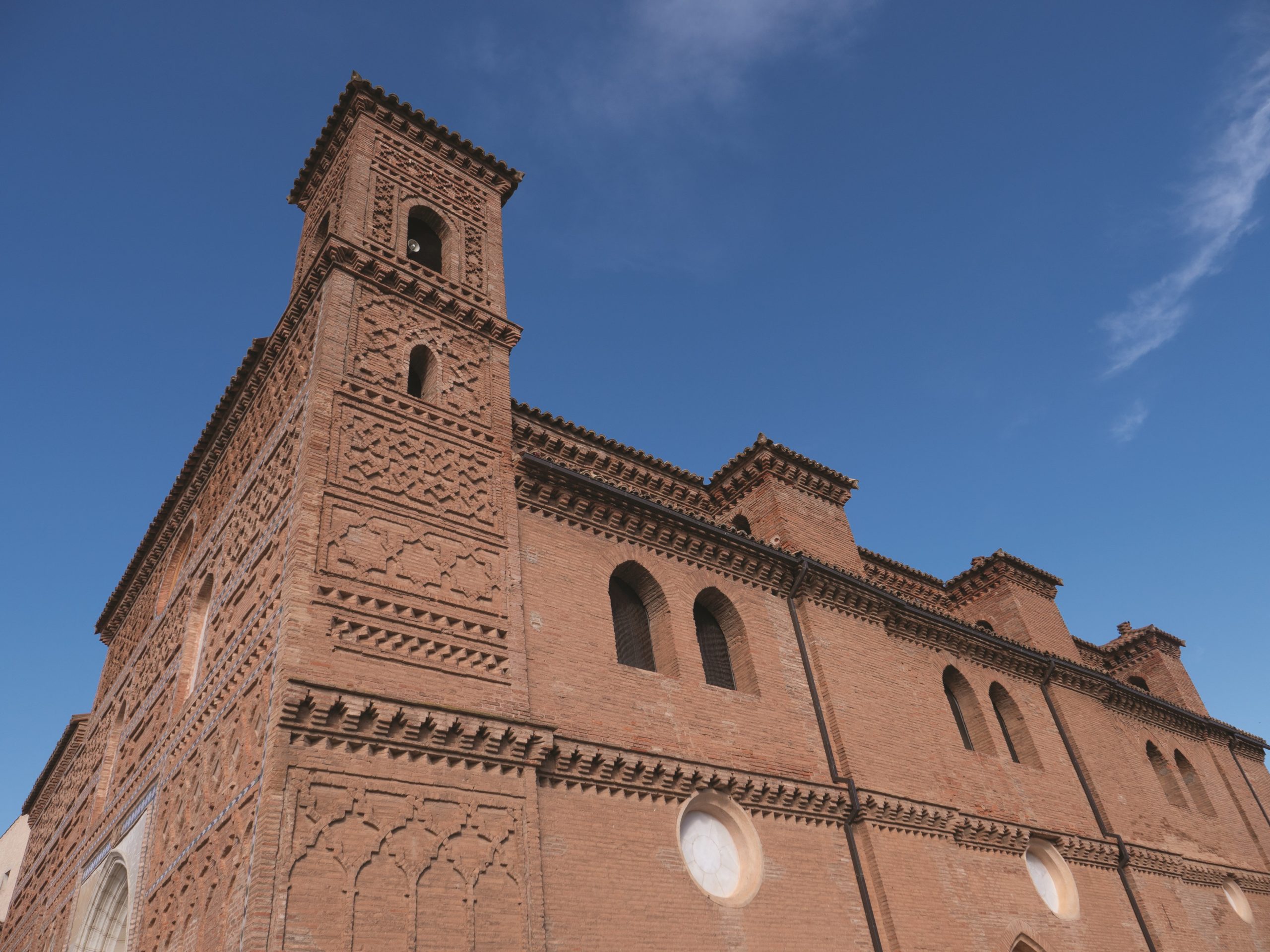On December 14, 2001, just two decades ago, Unesco included six Mudejar monuments in the province of Zaragoza in its World Heritage List, extending the maximum recognition it had given 15 years earlier to the Mudejar of Teruel.
The Diputación de Zaragoza and the Territorio Mudéjar celebrate today, Tuesday, the 20th anniversary of the declaration of the Mudéjar of Zaragoza as World Heritage.
What makes Mudejar art so special?

It derives from the coexistence between Christians and Muslims in the Middle Ages, between the 12th and 16th centuries, the Mudejar is present above all in the architecture and is an exclusively Hispanic phenomenon that has its favorite corner in Zaragoza.
Palaces, fortress-churches, towers, cimborrios, roofs… Zaragoza is rich in Mudejar art, characterized by the use of inexpensive materials such as brick, plaster, ceramic and wood.
Art historians use the term Mudéjar to designate the survival of Islamic art in Christian Spain, a unique social and artistic phenomenon in Spanish culture and history.
What are the six Mudejar monuments of Zaragoza recognized as World Heritage by UNESCO?

- The apse, cloister and tower of the collegiate church of Santa María de Calatayud
- The church of Santa Tecla in Cervera de la Cañada
- The church of Santa María de Tobed
- The Mudejar remains of the Aljafería Palace
- The tower and church of San Pablo de Zaragoza
- The apse, the parish church and the dome of the cathedral of Zaragoza
However, the uniqueness and scope of this style extends to more than a hundred examples of heritage in dozens of municipalities of Zaragoza, so that Mudejar is present in 85% of the territory of the province.
“We usually talk about the Christian architecture carried out by the Mudejars, that is, the Muslims who remained in the territory conquered by the Christian power. However, the reality is that we are dealing with a much more complex phenomenon that has its roots in the arrival of the Islamic tradition in the Iberian Peninsula since the eighth century and whose influences took their own form in the Christian era between the thirteenth and sixteenth centuries, “explains the director of Territorio Mudéjar, Victoria Trasobares. “Mudejar is a meeting between Islamic art and Christian art, the result of the coexistence of cultures in medieval Spain. An art that represents the most authentic artistic manifestation of Spain and that has in Aragon, land of borders and melting pot of cultures, its greatest representative”, says this expert in cultural and heritage management.














